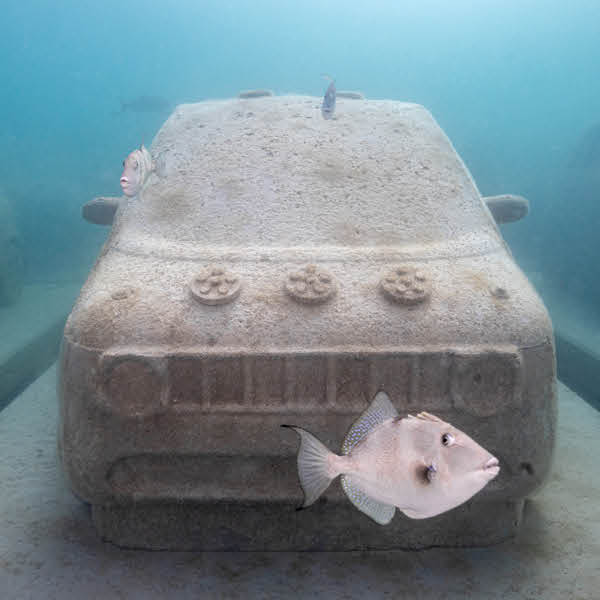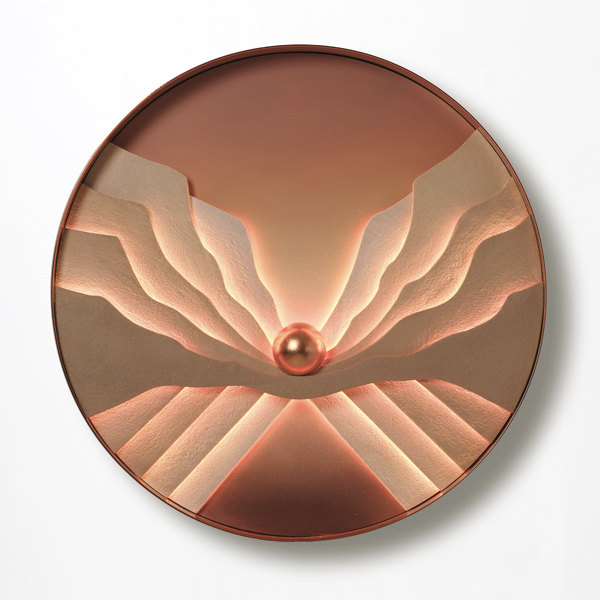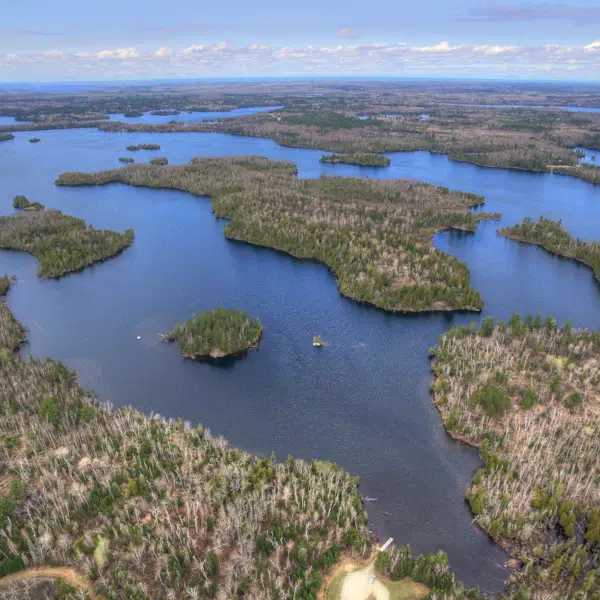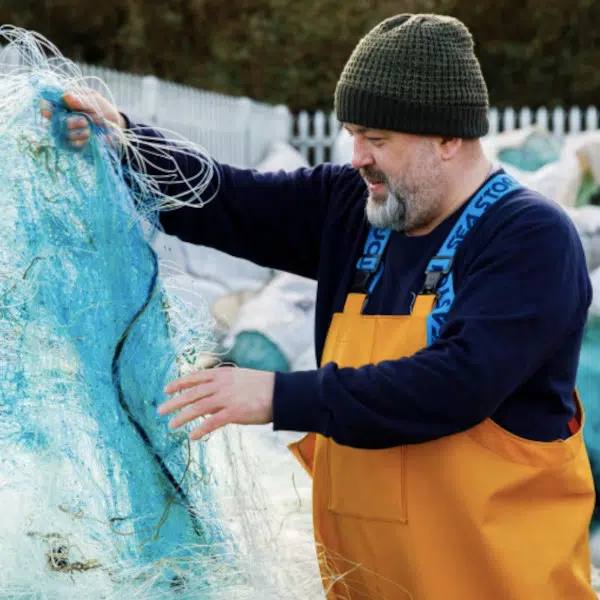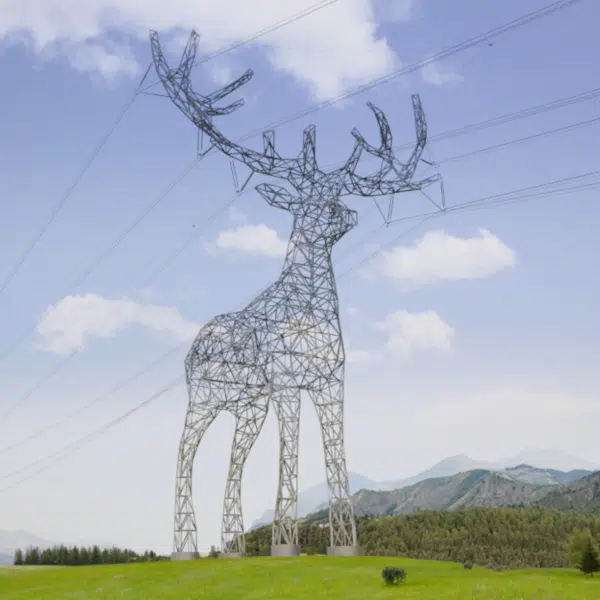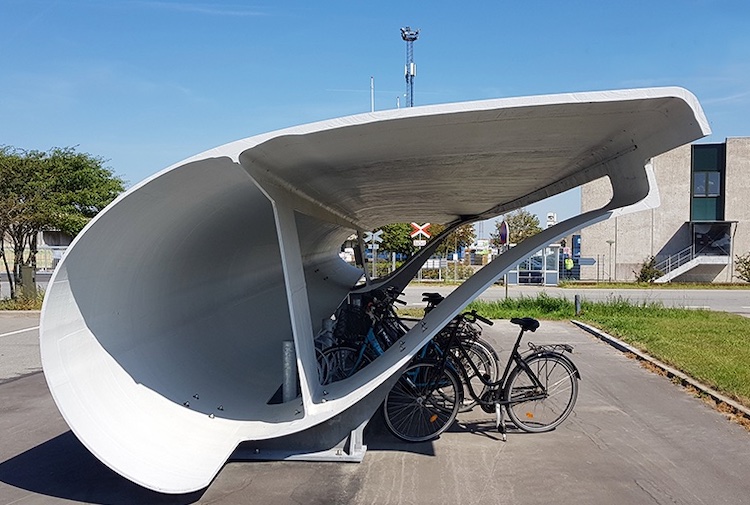
With concerns about climate change mounting to a fever pitch in recent years, it’s no wonder that many countries have sought to shift their power consumption to renewable energy sources. And one of the most popular options amongst these more sustainable alternatives is wind energy. In places like Denmark—where, in 2019, more than half of its electricity was generated from wind and solar power—towering wind turbines have become a familiar fixture of the native landscape.
However, there are still pros and cons to wind energy, and concerns about some of its disadvantages have been brought to light in recent years. The greatest of these is the recycling of decommissioned wind turbine blades. Due to the strength wind turbines require to function properly, the blades are manufactured from a composite of materials like glass fibers, resins, and foams—substances that are generally non-biodegradable and, therefore, very difficult to recycle.
With a typical estimated lifespan of 20 years, a large quantity of wind turbine blades will need to be decommissioned sometime soon. In fact, it is generally estimated that by 2050 there will be almost 40 million tons of waste material from the global wind industry that will need to be disposed of. But the good news is that there are several companies and research groups that are seeking to find more sustainable ways to recycle and repurpose decommissioned wind turbine blades.
One of these is The Re-Wind Network. Already, they’ve begun repurposing some discarded blades as bike garages in Denmark. The team of researchers is also looking into ways to recycle wind turbine blades as architectural elements to enhance infrastructure. Some of their ideas include using the blades to build pedestrian footbridges, skate parks, and noise barriers for road and highway traffic.
“We’re exploring the potential reuse of the blades across architecture and engineering,” says Lawrence C. Bank of the Georgia Institute of Technology, one of the leading institutions involved in the study. “Developing such methods can have a positive effect on air quality and water quality by decreasing a major source of non-biodegradable waste.”
In addition to these repurposing efforts, some companies are finding ways to engineer wind turbine blades that can be more efficiently and sustainably disposed of. A leading renewable energy company, Siemens Gamesa, is spearheading this effort with their development and launch of the “world’s first recyclable wind turbine blade for commercial use.” These blades are made from a new type of resin whose chemical structure makes it easier to break down and separate from the blade’s other components so it can be recycled.
But for now, imagining repurposed wind turbines as fixtures of the urban landscapes seems like a pretty cool solution as well. Scroll down to see more images of Denmark’s creative wind turbine bike garages.
In Denmark, they're cleverly recycling old wind turbine blades as bike garages.
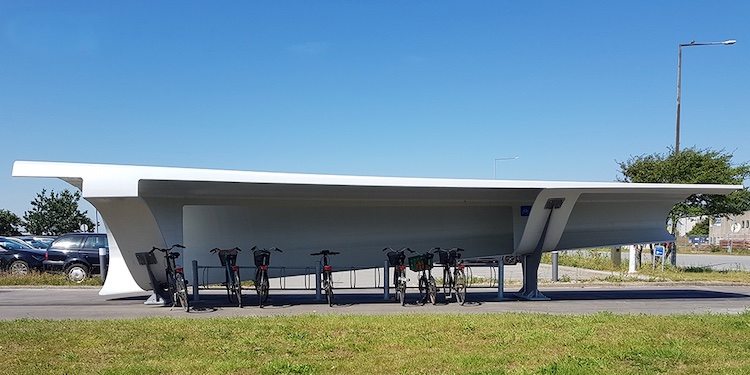
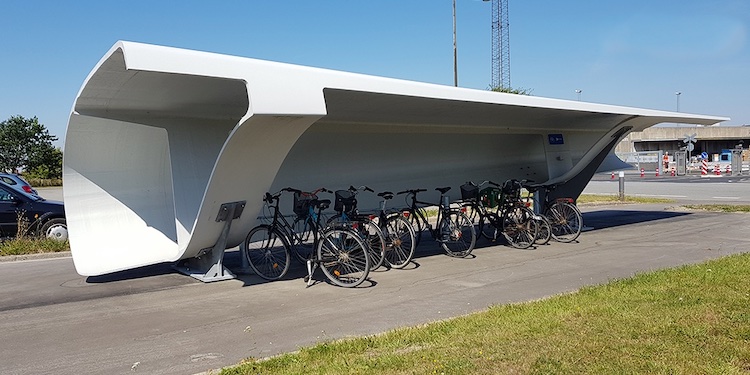
Siemens Gamesa: Website | Instagram | Facebook | Twitter
The Re-Wind Network: Website
h/t: [designboom]
All images via Siemens Gamesa.
Related Articles
Denmark Is Building World’s First Artificial Island Full of Giant Wind Turbines
Most of Europe’s Energy Came From Renewable Sources in 2020
Empire State Building Offsets Its Energy Use in an Ambitious Wind Power Deal











































































